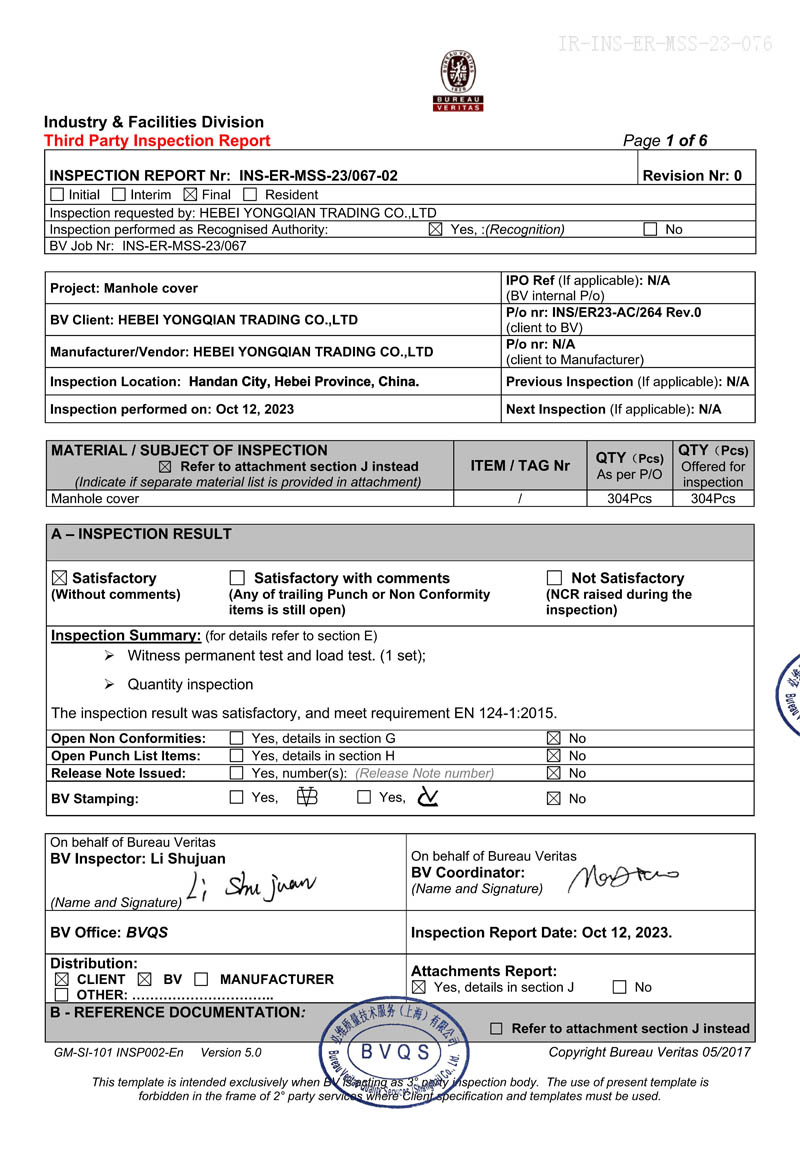clamp to stop water leak
Clamp to Stop Water Leak A Practical Solution
Water leaks can be a homeowner’s worst nightmare. Not only do they cause significant damage to the property, but they can also lead to costly repairs and increased utility bills. One of the most straightforward and effective methods to temporarily stop a water leak is by using a clamp. In this article, we will explore how clamps work, their applications in leak prevention, and additional strategies to manage leaks effectively.
Understanding Water Leaks
Water leaks can arise from various sources, such as damaged pipes, faulty appliances, or even natural disasters. Often, these leaks go unnoticed until they have caused significant damage. Common signs of leaks include damp spots on walls or ceilings, unexpected increases in water bills, and the smell of mold or mildew. Promptly addressing these issues is crucial to prevent further damage.
The Role of Clamps
Clamps are essential tools in plumbing and construction that can be used to secure pipes and prevent leaks. They come in various sizes and designs, allowing for versatility in their application. When a leak occurs, a clamp can serve as a temporary fix. By tightening the clamp around the damaged area, it can hold the pipe together, effectively reducing or stopping the flow of water until a more permanent repair can be made.
Steps to Use a Clamp for Water Leak Repair
1. Identify the Leak First, locate the source of the leak. This may require inspecting pipes or fixtures for visible signs of moisture. Once you find the leak, assess the damage to determine if a clamp is the appropriate solution.
2. Turn Off the Water Supply Before making any repairs, it’s crucial to turn off the water supply to prevent further leakage. This can usually be done by shutting off the main water valve or the specific valve leading to the affected area.
3. Clean the Area Ensure that the area around the leak is clean and dry. This will help the clamp make a better seal and prevent debris from hindering the repair.
clamp to stop water leak

4. Apply the Clamp Carefully position the clamp around the leaky area of the pipe. Different types of clamps (such as hose clamps, pipe repair clamps, or rubber-lined clamps) may be used depending on the size of the pipe and the nature of the leak. Tighten the clamp according to the manufacturer's instructions to ensure a secure fit.
5. Test for Leaks After securing the clamp, gradually turn the water supply back on and monitor the area for any signs of leakage. If the clamp is effective, the flow of water should be significantly reduced or completely stopped.
Additional Leak Prevention Strategies
While clamps provide a temporary solution, it is essential to consider more permanent approaches to fix leaks. Here are some additional tips
- Pipe Sealants If the leak is small, applying a pipe sealant or epoxy can provide a quick fix. These products can seal minor leaks effectively.
- Replacement For more severe damage, replacing the affected section of the pipe might be necessary. While this is more costly, it ensures a long-term solution.
- Routine Maintenance Regular inspections of your plumbing system can help catch leaks before they escalate. Look for signs of corrosion, wear, or moisture around pipes, and address issues promptly.
- Insulation Properly insulating pipes in colder areas can prevent freeze-related leaks during winter months.
Conclusion
Using a clamp to stop a water leak is a temporary yet effective solution that can save you time and money while you arrange for a more permanent fix. Understanding how to utilize clamps and being aware of additional prevention strategies can help homeowners manage and mitigate the risks associated with water leaks. By taking swift action and employing the right tools and techniques, you can protect your home from the damaging effects of water leaks and ensure a safe and dry living environment.
-
The Smarter Choice for Pedestrian AreasNewsJun.30,2025
-
The Gold Standard in Round Drain CoversNewsJun.30,2025
-
The Gold Standard in Manhole Cover SystemsNewsJun.30,2025
-
Superior Drainage Solutions with Premium Gully GratesNewsJun.30,2025
-
Superior Drainage Solutions for Global InfrastructureNewsJun.30,2025
-
Square Manhole Solutions for Modern InfrastructureNewsJun.30,2025
-
Premium Manhole Covers for Modern InfrastructureNewsJun.30,2025
